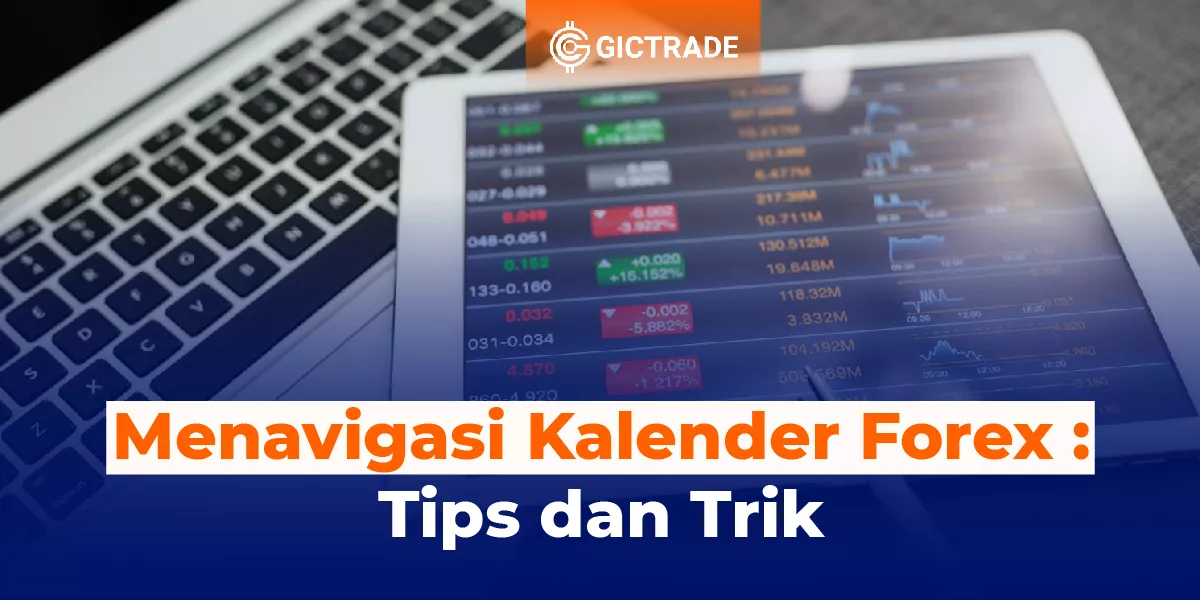What is Wyckoff Pattern?
Wyckoff Pattern was developed in the 1930s by Richard Wyckoff, an American investor and developer of several technical analysis techniques. Although Wyckoff used bar charts and the method was primarily tested on stock market indices, it can also be applied to other financial markets and can be used on Japanese candlestick charts as well. According to this method, Wyckoff Accumulation occurs when the price of a particular asset falls or rises following a trend and then enters a period of price consolidation. In this range, leading players may be able to manipulate the price to buy the asset at a lower price (or higher if the pattern is bearish). If you have ever seen the movie Rogue Trader, there is a perfect example of how traders manipulate the market to buy financial instruments at lower prices. This is what Wyckoff managed to identify on the trading charts – understanding where the smart money is going. Moreover, according to Wyckoff’s market cycle theory, there are four steps in the price cycle of any financial instrument – Accumulation, Markup, Distribution, and Markdown. So in that sense, retail traders who plan to use the Wyckoff method will look for accumulation phases where they expect big players and institutional traders to enter the market and push prices higher (or lower).Wyckoff Pattern Phases

Wyckoff Pattern developed a theory of price action markets that is still a central tenet of trading practice today. Wyckoff's method states that the price cycle of a traded instrument consists of 4 stages - Accumulation, Markup, Distribution, and Markdown.
Accumulation Phase
The accumulation process is the first stage of the Wyckoff Pattern price cycle. The Accumulation stage is caused by increasing institutional demand. Bulls are slowly gaining strength and as a result, they are ready to push the price higher. Although the Accumulation stage is associated with a rise in authority, the price action on the chart is flat. In other words, the accumulation process is depicted by a ranging price structure on the chart. Higher bottoms in the range are usually considered as a signal that the current price action is in the Accumulation phase.Markup Phase
Markup is the second stage of the Wyckoff Pattern trading cycle. Bulls gain enough strength to push the price through the upper level of the range. This is usually a signal that the price is entering the second stage and an uptrend appears on the chart.Distribution Phase
The Distribution process is the third stage of the Wyckoff Pattern price cycle. This phase is where the bears attempt to regain authority over the market. Price action on the chart at this stage is flat, just like the Accumulation process. One indication that the market is in the Distribution stage is the continued failure of price to create higher bottoms on the chart. Price action creates lower tops which is an indication that the market is currently in a selloff.Price decline phase
The price decline is the last stage of the Wyckoff Pattern price cycle. The price decline process occurs when the downtrend begins after the Distribution phase. This indicates that the bears have gained enough strength to push the market in a bearish direction. The price decline is confirmed when the price action breaks through the lower level of the flat range of the horizontal distribution channel on the chart. After that the whole process repeats from the first stage – the Accumulation process.Wyckoff Pattern General Principles
Richard Wyckoff emphasized three laws that are the natural causes of Market Cycles.Supply vs. Demand
If there is greater selling pressure, caused by excess supply, we are likely to see prices fall. If there is greater buying pressure, caused by excess demand, we are likely to see prices rise.Effort vs. Result
Wyckoff said that every effort should lead to a result in the financial markets. An example of the Effort vs. Result relationship is the Trading Volume data. If there is an unusually high trading volume, we might expect a large price movement. So, a large volume bar is an attempt by market participants to gain dominance. A large market movement is the result of that effort.Cause vs Effect
Wyckoff stated that every cause in the market leads to a proportional effect. Take the Accumulation and Distribution stages for example. Accumulation leads to Markup and price increases, and Distribution leads to Markdown and price decreases. Accumulation is the cause, and Markup is the effect.How the Wyckoff Pattern Method Works
The Wyckoff Pattern method or theory breaks down stock selection and market entry into 5 steps. Any trader who wishes to apply this theory to their own maneuvers in the market should adhere to the following:
- Determine where the market is currently located and project its future trends.
- Select assets that fit the identified trend.
- Choose assets with a “cause” that equals or exceeds your minimum goal.
- Determine the readiness of assets to be moved.
- Time your moves with the changes in forex market indices.
How to Identify and Use Wyckoff Patterns in Forex Trading?
To identify Wyckoff patterns, you first need to be familiar with the market structure and the phases of the Wyckoff method (Accumulation and reaccumulation, markup, distribution, and markdown). After all, that was Richard Wyckoff’s goal – to depict phases in the stock market and financial markets on a trading chart with a set of rules and guidelines. However, the trick with Wyckoff chart patterns is that you essentially need to identify half of the pattern. This means, for example, when a bullish Wyckoff chart pattern appears, you need to identify the last price decline phase when the price breaks out of the previous market trend and the accumulation phase. Then, you can finally conclude that Wyckoff patterns form whenever there is high volume in a certain price range after a bullish or bearish rally. Okay, that might be a bit confusing. Let’s take a closer look at how Wyckoff candlestick patterns look on the GBP/JPY 1 Hour price chart.
The chart above shows four stages – price decline, accumulation, reaccumulation, and markup. Next, based on Wyckoff’s theory, another move is expected at the peak of the markup phase – the Wyckoff distribution phase. At this phase, the buying pressure ends and smart traders essentially close their positions. Therefore, once you are able to identify the price decline and accumulation phase, you can enter a position to join the big players such as institutional investors and other forex market players. In short, to identify and trade Wyckoff patterns, here’s what you need to remember:
- Identify trading ranges (accumulation phases) with high trading volume following an uptrend or downtrend (price decline or markup phase)
- Draw support and resistance lines to get a clear visualization of the trading range.
- Enter long or short sell positions (if the pattern is bearish) at the breakout level.
- Set a stop-loss order at the bottom (or top) of the accumulation range area.
- Wait for the distribution level, which should be around the high of the previous trend, and close the position.

How to Trade Forex Using Wyckoff Candlestick Patterns – Strategy and Examples
Obviously, the Wyckoff trading method is a very broad and endless concept. Not only is it a candlestick chart pattern, but it is also a trading technique that can be used in combination with all other trading strategies. In short, it is a trading theory. However, there are trading methods that can help you maximize your chances of success when using Wyckoff patterns:Trading Range Breakouts and Fibonacci Retracement Levels
The first method, which is also one of my favorite trading strategies, is to identify a trading range (Wyckoff accumulation phase) and enter a trade once the price breaks above or below the support or resistance level. To do that, you first need to find a price consolidation following a downtrend on a lower timeframe. For example, on the 1H chart below, we can see that the accumulation phase appears following a bearish trend; however, on the daily chart, there is a clear bullish market sentiment. Then, once you have identified the range, try to find the high and low of the consolidation range and draw Fibonacci retracement levels from the high of the previous price swing to the low of the trading range. Now, everything is set up correctly for you to spot the Wyckoff pattern, and you wait for the breakout to occur.
The chart above shows us the Wyckoff pattern combined with Fibonacci levels. As you can see, the resistance level and the 23.6% Fibonacci level are almost the same, which confirms the breakout and can also help you find the ideal take-profit target.
Wyckoff Pattern Trading Strategy – Using Volume and MACD Indicators
One of the main rules of the Wyckoff method is that the accumulation phase has a high trading volume. In simple terms, this is the price level where big players ‘manipulate’ the market because they know that the price is expected to rise again, and therefore, they accumulate a large amount of the specified asset. So, of course, it would be helpful to add a trading volume indicator that will help you confirm the Wyckoff pattern. Furthermore, since Wyckoff is a trend reversal pattern, a momentum indicator such as MACD can help you confirm the price trend reversal. Using the same example above, we add two technical analysis indicators – Average Trading Volume Value (ATVV) and Moving Average Convergence Divergence (MACD).
As you can see, the chart above shows us the increased trading volume activity during the accumulation phase. In addition, as soon as the market reaches the accumulation phase, the MACD crossover occurs and signals a trend reversal. With these strategies, you can apply them to trading through GICTrade. You can also choose to become a Trader or Market Maker with a transparent transaction system. To be able to trade at GIC, register first so you can start trading with a capital starting from 150,000 Rupiah!

 Last:
Last: 







